The 'guidance' functions of a autopilot consist in ? [ Adult Manual ]
Question 53-1 : Monitoring the movements of the centre of gravity in the three dimensions of space stabilizing and monitoring the movements around the centre of gravity monitoring the movements of the aerodynamic centre in the three dimensions of space stabilizing and monitoring the movements around the aerodynamic centre
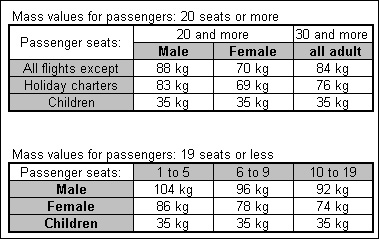 Monitoring the movements of the centre of gravity in the three dimensions of space.
Monitoring the movements of the centre of gravity in the three dimensions of space. The 'airspeed hold' mode can be engaged and maintained during ?
Question 53-2 : Climbs descents turns and power changes climbs and descents only climbs descents and power changes only turns only
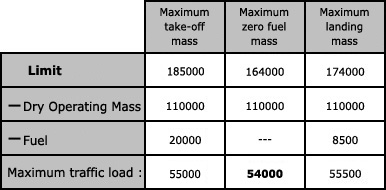 Climbs, descents, turns and power changes.
Climbs, descents, turns and power changes. The output data of the flight director computer are ?
Question 53-3 : Two channels pitch and roll two channels pitch and yaw three channels pitch roll and yaw three channels pitch roll and sideslipping
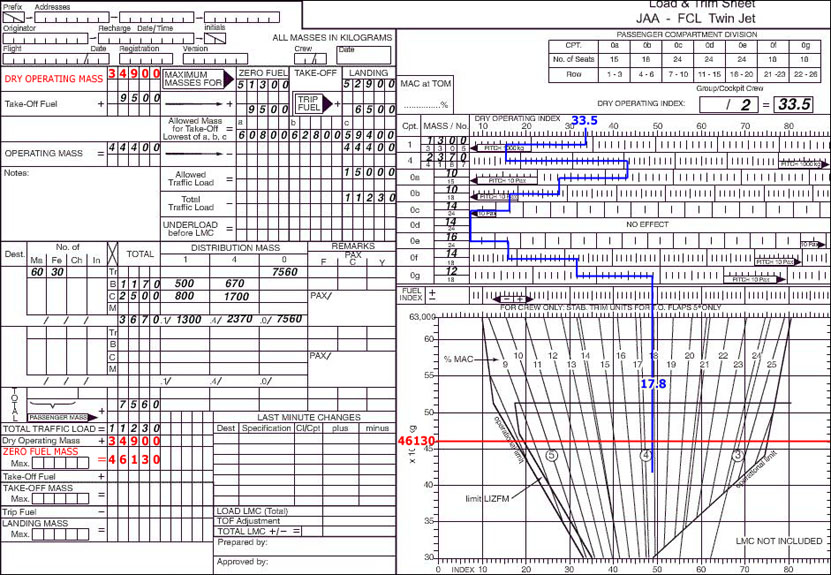 Two channels: pitch and roll.
Two channels: pitch and roll. The initiation of an automatic go around can be ?
Question 53-4 : In a range of approach airspeeds with no limit of approach airspeeds at 70kt +/ 5kt only at vy +/ 5kt only
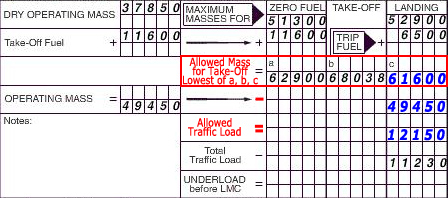 In a range of approach airspeeds.
In a range of approach airspeeds. During a final approach if the flight director system is engaged in the g/s ?
Question 53-5 : The correction on the pitch to be applied to join and follow the ils glide slope the position of the aircraft relative to the ils glide slope the instantaneous deviation between the aircraft position and the ils glide slope the pitch attitude of the aircraft
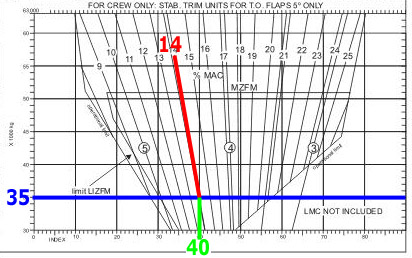 The correction on the pitch to be applied to join and follow the ils glide slope.
The correction on the pitch to be applied to join and follow the ils glide slope. If in the event of a failure there is no significant out of trim condition or ?
Question 53-6 : Fail passive fail operational fail safe fail redundant
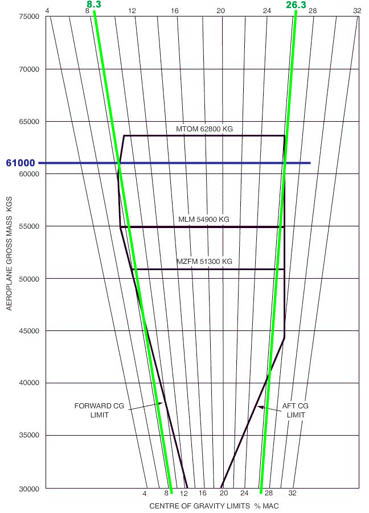 Fail-passive.
Fail-passive. If in the event of a failure the approach flare and landing can be completed by ?
Question 53-7 : Fail operational faill passive fail soft fail hard
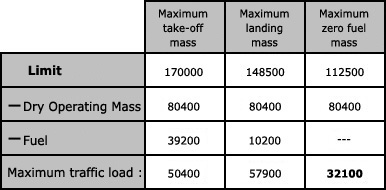 Fail-operational.
Fail-operational. Considering a flight director of the 'command bars' type ?
Question 53-8 : The horizontal bar is associated with the pitch channel the horizontal bar is associated with the roll channel the vertical bar is associated with the pitch channel the vertical bar may be associated with the pitch channel
The command bars of a flight director ?
Question 53-9 : May be displayed when flying manually or with the autopilot engaged are displayed only when flying manually are displayed only when the autopilot is engaged are always displayed during take off
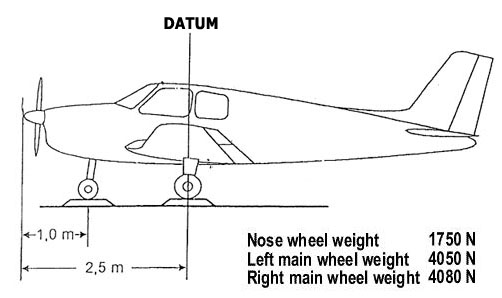 May be displayed when flying manually or with the autopilot engaged.
May be displayed when flying manually or with the autopilot engaged. The purpose s of the flight director system is are to .1 give the position of ?
Question 53-10 : 3 1 3 2 3 1 2 3
Concerning the command bars of a flight director ?
Question 53-11 : It is possible to remove them by switching the flight director off it is not possible to remove them on some types of flight director systems autopilot must be first disengaged to remove them autopilot must be first engaged before removing them
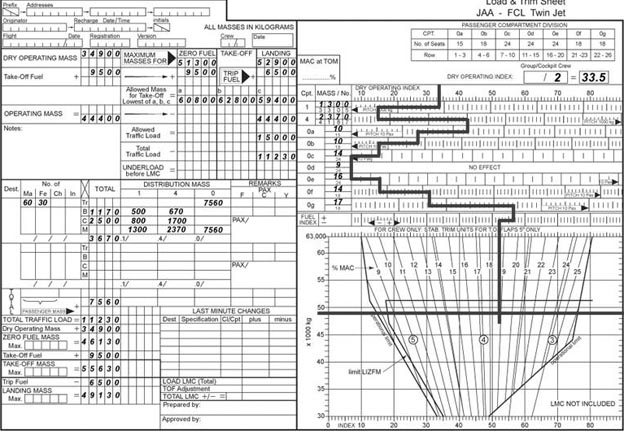 It is possible to remove them by switching the flight director off.
It is possible to remove them by switching the flight director off. The lateral flight path modes of an autopilot system are .1 speed hold.2 ?
Question 53-12 : 2 3 4 1 2 3 4 1 3 5 2 4
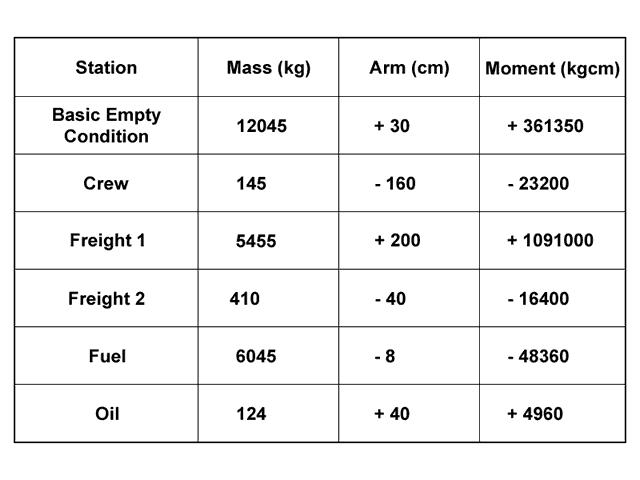 2, 3, 4.
2, 3, 4. The purpose of the autopilot control wheel steering cws mode is ?
Question 53-13 : To consider as target parameters the current pitch and roll angles at the time the mode becomes active to control the nose wheel steering during automatic landing to control the nose wheel steering during low visibility take off and landing to capture and hold the altitude selected with the control wheel on the mode control panel
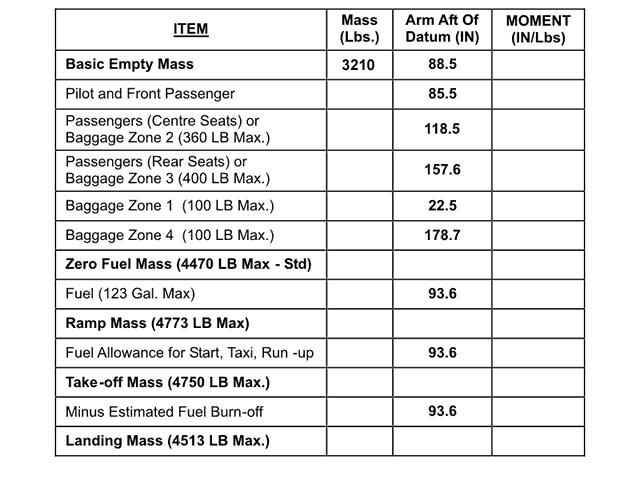 To consider as target parameters, the current pitch and roll angles at the time the mode becomes active.
To consider as target parameters, the current pitch and roll angles at the time the mode becomes active. When engaged in the fms lateral navigation mode lnav the autopilot uses the ?
Question 53-14 : Fms track selector vor receiver vor or localizer receiver
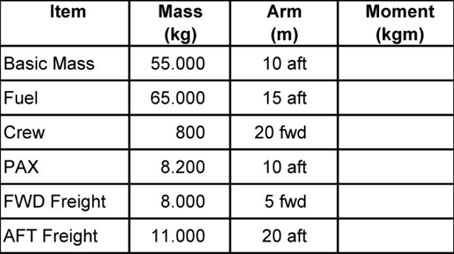 Fms.
Fms. In an autopilot system the flight path modes are .1 pitch attitude hold.2 ias ?
Question 53-15 : 2 3 4 1 2 3 4 3 4
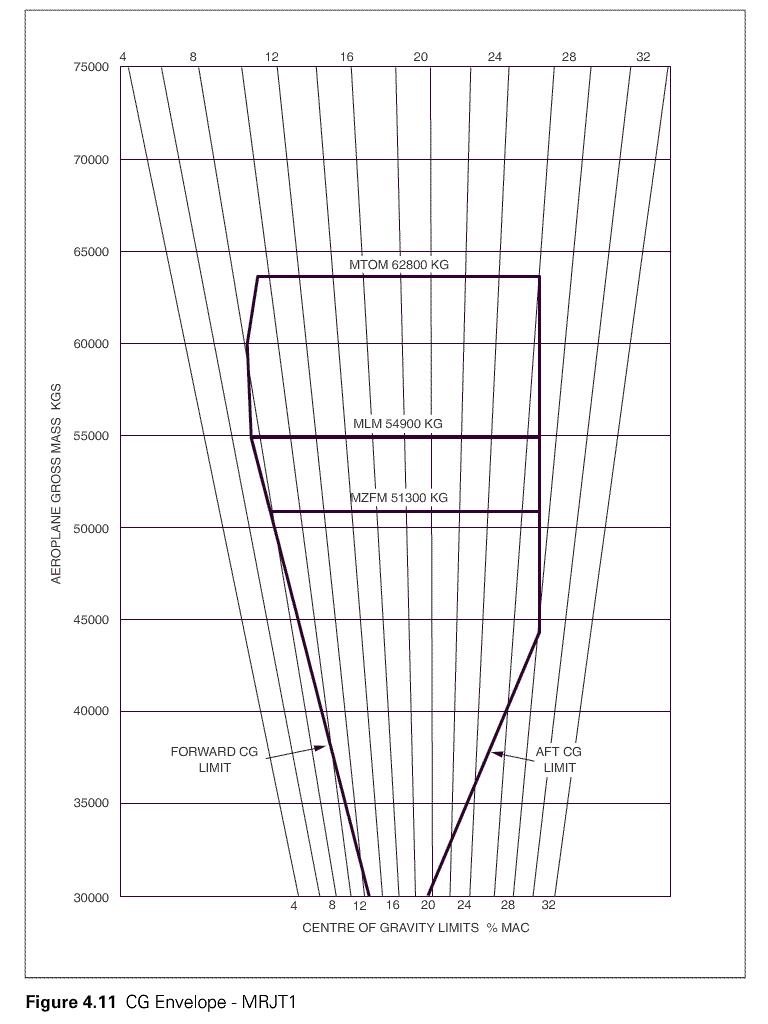 2, 3, 4.
2, 3, 4. The lateral flight path modes of an autopilot system are .1 heading hold.2 ?
Question 53-16 : 1 3 5 1 2 3 5 1 3 4 2 5
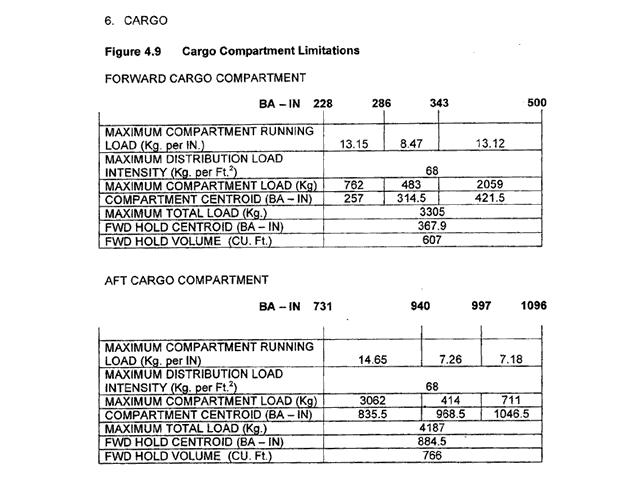 1, 3, 5.
1, 3, 5. The vertical flight path modes of an autopilot system are .1 pitch attitude ?
Question 53-17 : 2 4 1 2 4 1 2 3 1
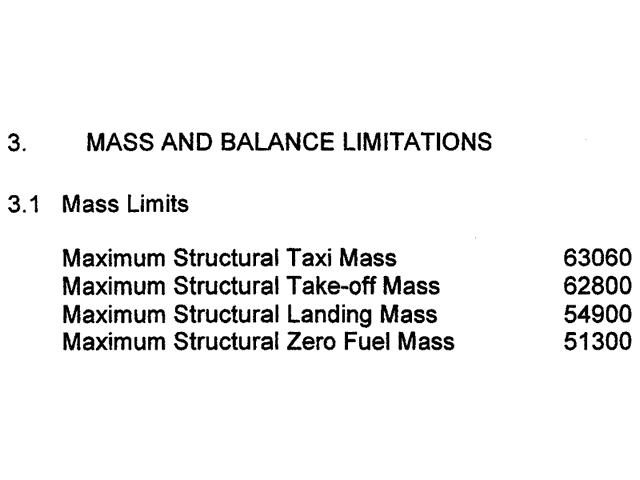 2, 4.
2, 4. The automatic synchronisation function of an autopilot control system . 1 ?
Question 53-18 : 3 1 3 1 2 1 2 3
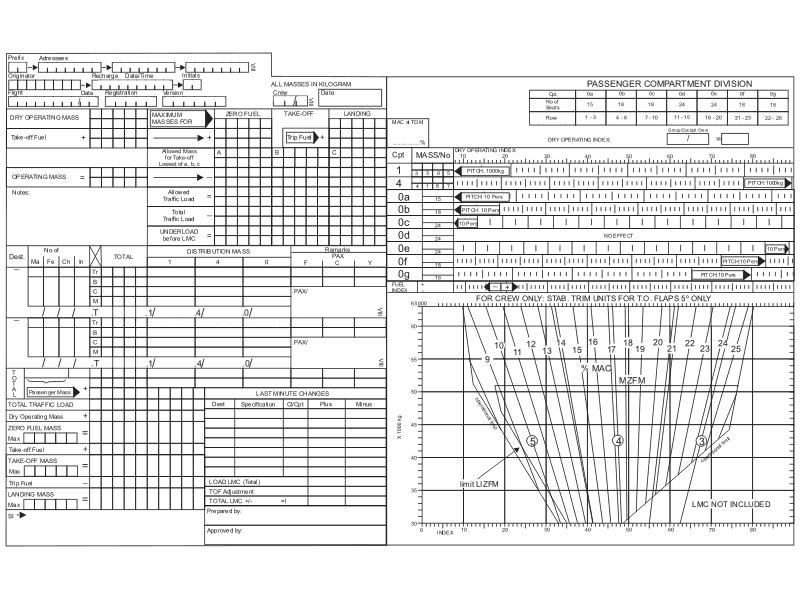 3.
3. The components of an autopilot system are the .1 actuators.2 mode control ?
Question 53-19 : 1 2 3 4 1 4 1 2 1 2 4
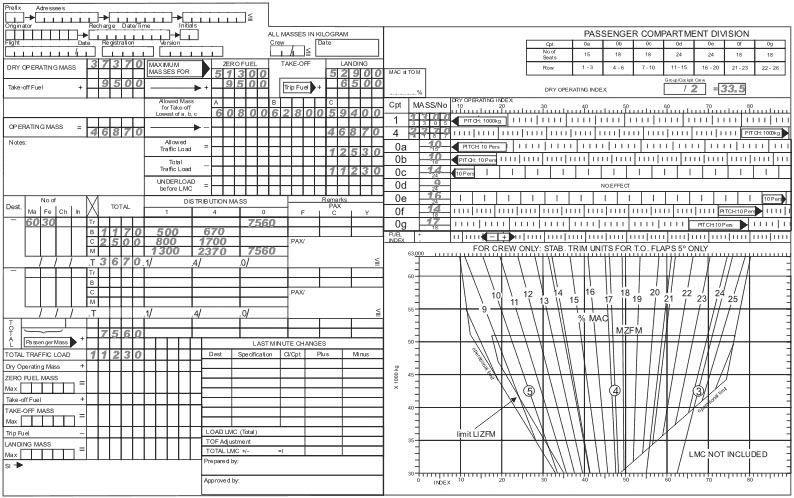 1, 2, 3, 4.
1, 2, 3, 4. Concerning a fail passive flight control system in the event of a failure .1 ?
Question 53-20 : 2 3 2 4 1 3 1 4
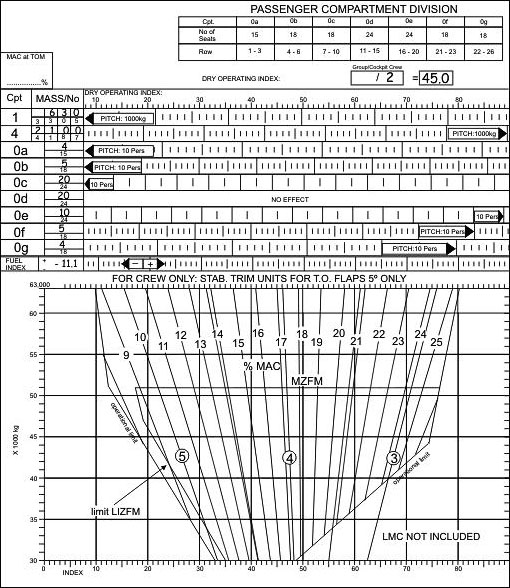 2, 3.
2, 3. Concerning a fail passive flight control system in the event of a failure . ?
Question 53-21 : 2 3 2 4 1 3 1 4
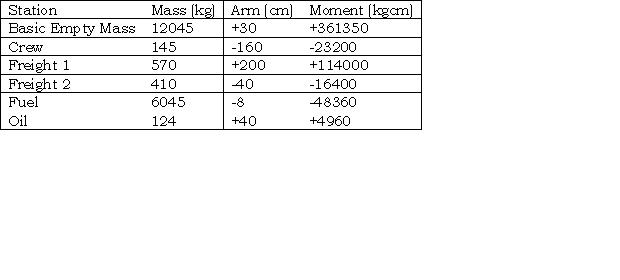 2, 3.
2, 3. For a fms designed with the lateral navigation lnav capability coupled to the ?
Question 53-22 : A roll angle or a heading target a longitudinal acceleration and a roll rate a lateral acceleration a calibrated airspeed cas and a cross track distance xtk
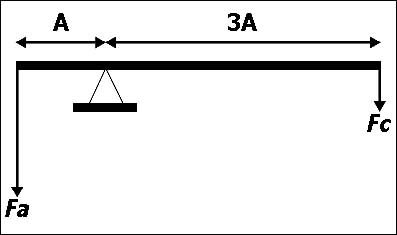 A roll angle or a heading target.
A roll angle or a heading target. The cs 25 gives the following definition 'where the pilot has the ability to ?
Question 53-23 : Control wheel steering cws alternate wheel steering aws nose wheel steering nws automatic wheel steering aws
When engaging the autopilot the function providing a smooth 'take over' is the ?
Question 53-24 : Automatic synchronisation function automatic pitch trim function mach trim function automatic cws control wheel steering function
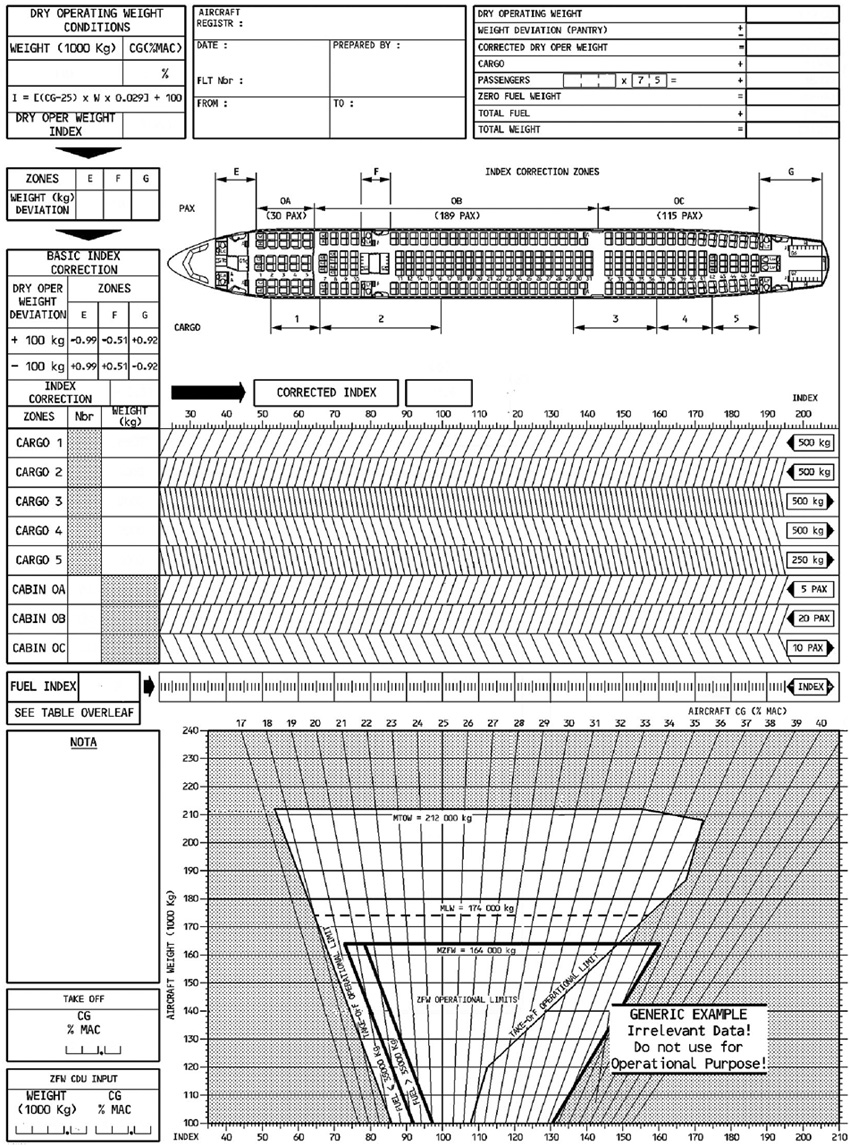 Automatic synchronisation function.
Automatic synchronisation function. When disengaging the autopilot the function providing a smooth 'hand over' is ?
Question 53-25 : Automatic pitch trim function automatic synchronisation function mach trim function automatic cws control wheel steering function
During an autocoupled ils approach followed by an automatic landing the ?
Question 53-26 : Radio altitude barometric altitude with the altimeter set to the qfe barometric altitude with the altimeter set to the qnh barometric altitude with the altimeter set to the 1013 25
 Radio altitude.
Radio altitude. The computer of the autopilot system uses among others the following parameters ?
Question 53-27 : Cas altitude vertical speed heading attitude cas altitude temperature inertial position attitude altitude vertical speed heading attitude gps position altitude heading temperature fuel flow attitude
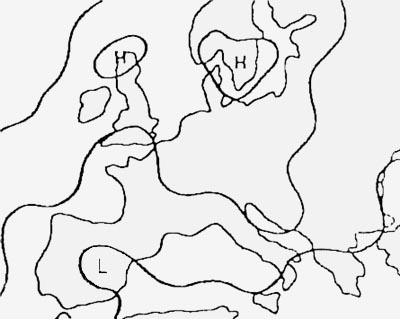 Cas, altitude, vertical speed, heading, attitude.
Cas, altitude, vertical speed, heading, attitude. The flight director computer continuously ?
Question 53-28 : Compares the current attitude with the computed attitude compares the computed attitude with the egpws signals compares the computed attitude with the acas signals computes the required attitude for the autopilot synchronization
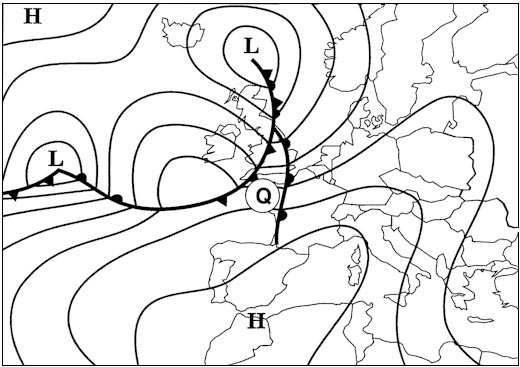 Compares the current attitude with the computed attitude.
Compares the current attitude with the computed attitude. In the event of a failure a fail operational flight control system will operate ?
Question 53-29 : Fail passive system fail safe system fail operational hybrid system fail redundant system
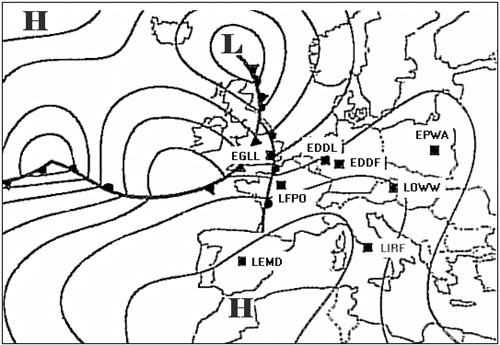 Fail-passive system.
Fail-passive system. When engaged in the pitch hold mode the autopilot uses data issued by the ?
Question 53-30 : Attitude reference system flight management computer fmc adc inertial vertical speed indicator
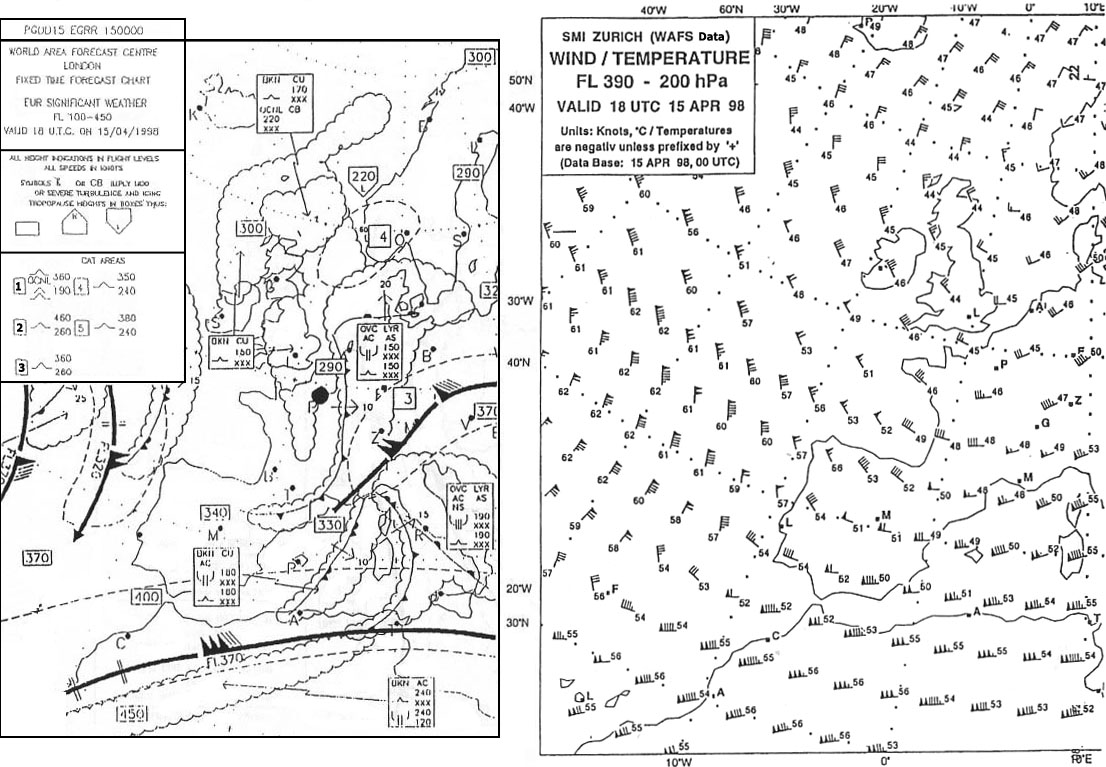 Attitude reference system.
Attitude reference system. During a final approach the flight director is engaged in the loc mode holding ?
Question 53-31 : Must be rolled to the left is left of the loc axis must be rolled to the right is right of the loc axis
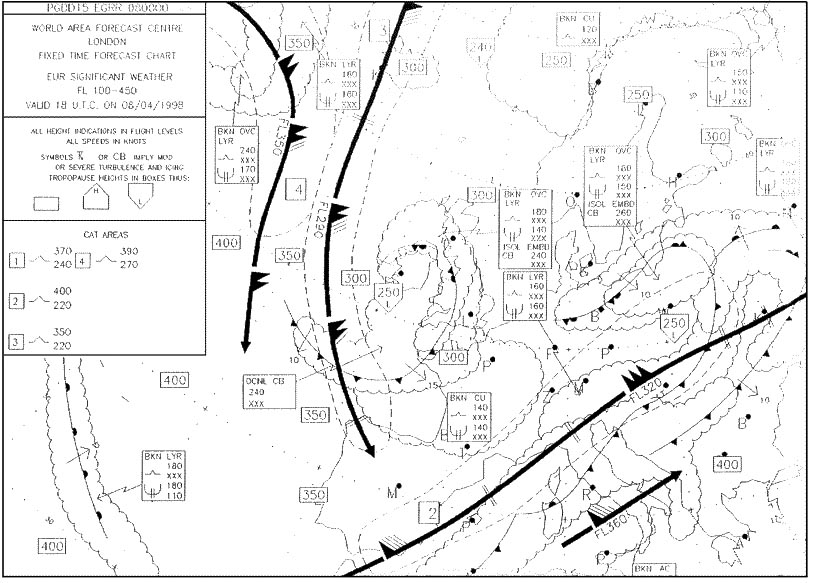 Must be rolled to the left.
Must be rolled to the left. In an autopilot system the basic stabilisation modes are .1 pitch attitude ?
Question 53-32 : 1 and 3 1 2 3 and 4 1 2 and 3 1 and 4
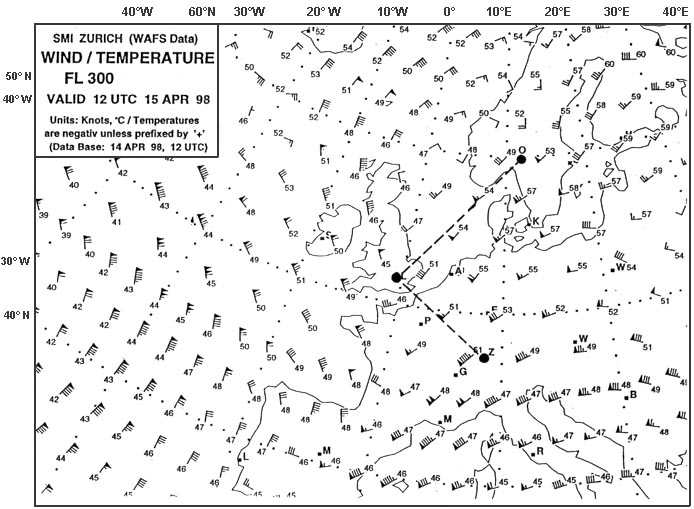 1 and 3.
1 and 3. Concerning a fail operational flight control system in the event of a failure ?
Question 53-33 : 1 3 1 2 2 3 3
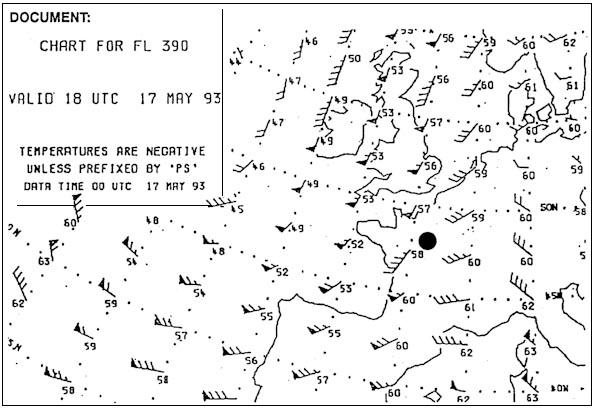 1, 3.
1, 3. The position of the command bars of a flight director enables the pilot to know ?
Question 53-34 : The direction and the amplitude of the corrections to apply on the controls only the direction of the corrections to apply on the controls the position of the aircraft the attitude of the aircraft
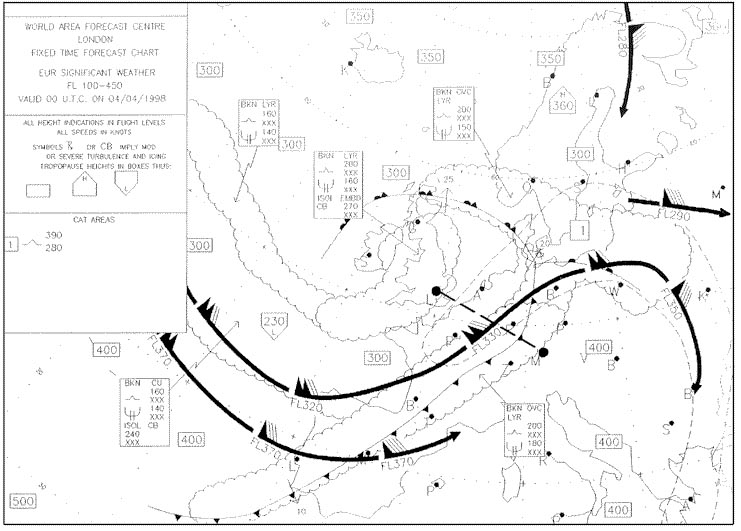 The direction and the amplitude of the corrections to apply on the controls.
The direction and the amplitude of the corrections to apply on the controls. The components of an autopilot system are the .1 actuators.2 mode control ?
Question 53-35 : 1 2 4 1 2 3 4 1 2 3 3 4
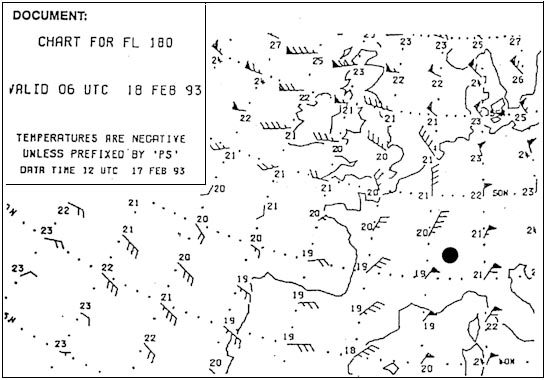 1, 2, 4.
1, 2, 4. The computer of the autopilot system uses among others input signals from the ?
Question 53-36 : 1 3 4 1 2 3 4 1 4 2 3
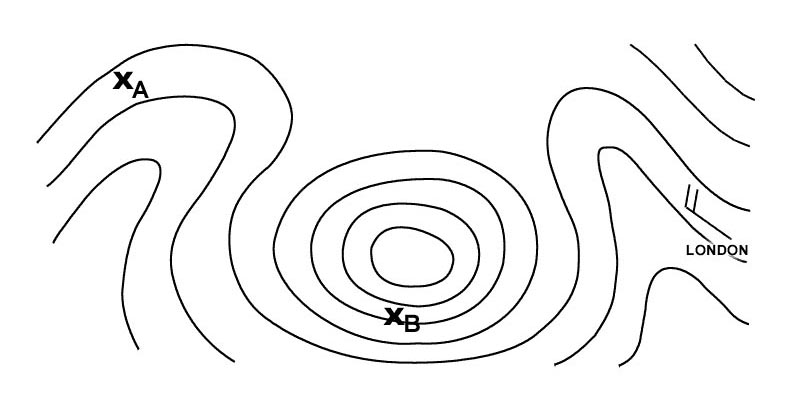 1, 3, 4.
1, 3, 4. The flight director command bars provide the pilot with corrections to apply to ?
Question 53-37 : Pitch and/or roll attitude pitch attitude only roll attitude only pitch and/or roll attitude and yaw
 Pitch and/or roll attitude.
Pitch and/or roll attitude. In an autopilot system the functions consisting in controlling the path of the ?
Question 53-38 : Guidance functions stability functions attitude functions inner loop functions
 Guidance functions.
Guidance functions. In an autopilot system the function consisting in controlling the movements ?
Question 53-39 : Inner loop systems synchronization system flight management system fms outer loop systems
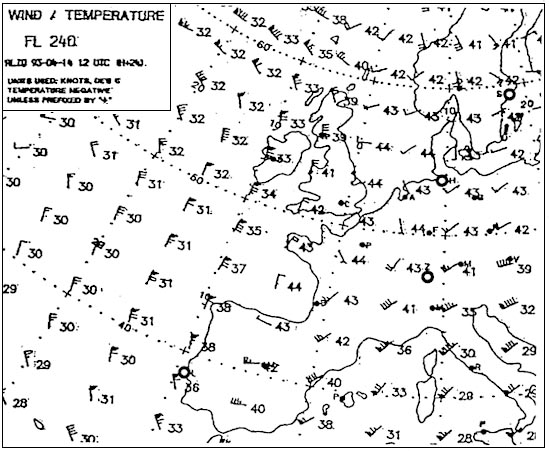 Inner loop systems.
Inner loop systems. A flight control system is fail operational if in the event of a failure ?
Question 53-40 : The approach flare and landing can be completed automatically the approach only can be completed automatically the landing is not completed automatically there is no significant out of trim condition or deviation of flight path or attitude but the landing is not completed automatically
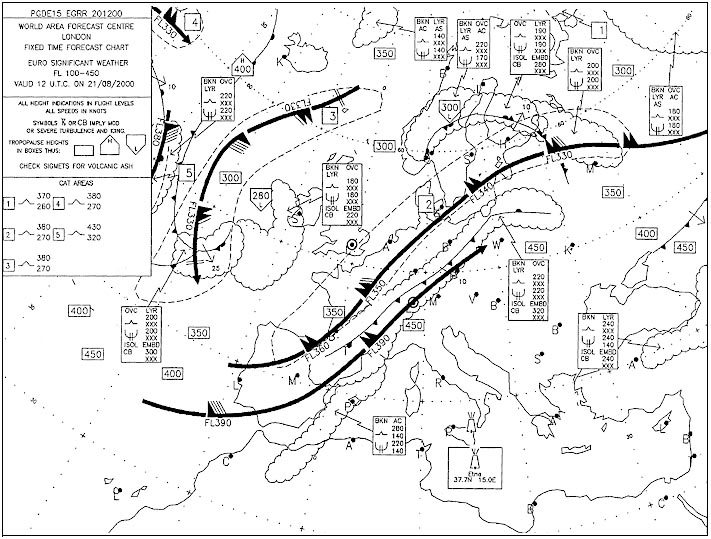 The approach, flare and landing can be completed automatically.
The approach, flare and landing can be completed automatically. ~
Exclusive rights reserved. Reproduction prohibited under penalty of prosecution.
2079 Free Training Exam
